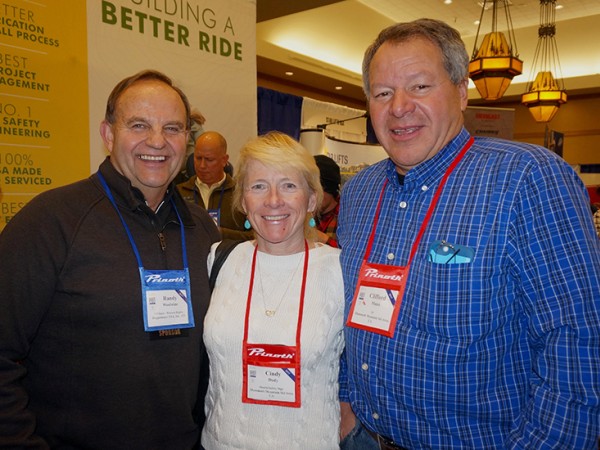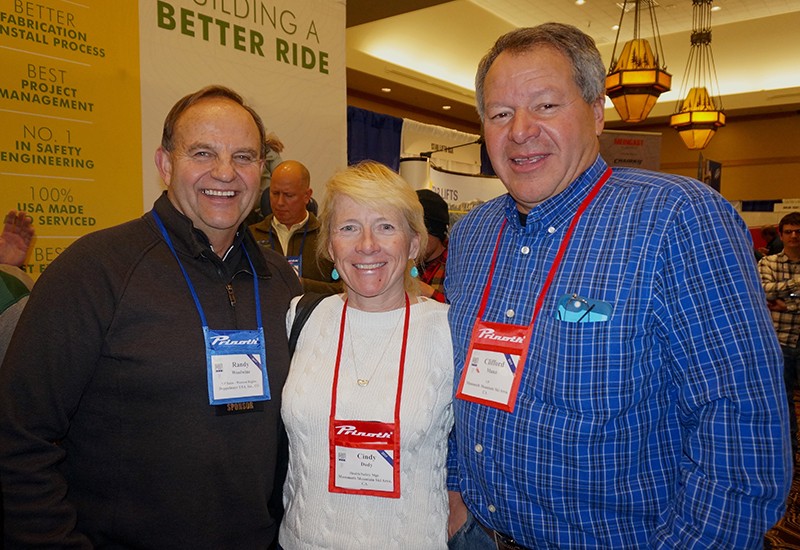Short-Term Optimism, Long-Term Concerns
There was a general air of enthusiasm and optimism at the NSAA Western Winter Conference, Jan. 16-19 at Steamboat, Colo., thanks to a strong season to date for resorts across most of the country. But the long-term outlook is clouded by challenges ranging from the need to attract and retain more new skiers and riders to the rigors of training and retaining lift mechanics—challenges that the conference tried to address head on.
Several of this year's sessions accomplish the often proclaimed but rarely achieved goal of “taking it to the next level.” The session on “Employee Health Initiatives” offered plenty of real-world examples and advice, and provided a frank discussion of the shortcomings of AT equipment (from a safety standpoint). “Resorts Reaching Out” went past the usual ideas for marketing to school-age kids, with Shaun Cattanach of Burton, J.P. Chevalier of Eldora, and PE teacher and university professor Mike Smith offering practical, actionable advice on the precise steps resorts can take to make skiing and riding part of the PE program at local schools.
Many sessions, in fact, gave participants specific action plans, or outlined a path toward long-term solutions, for a market that has shown a decline in visits and in the number of active participants nationwide over the past five to six years.
Technology was a theme that ran throughout the show, from communications and incident investigation to cloud seeding and on-hill snow management. It's not just for marketing and financial modeling any more. A growing number of technology-based suppliers peppered the exhibitors' list and the jam-packed rows of exhibits in the trade show.
Thankfully, attendees had several opportunities to sample Steamboat's fabulous terrain and snow conditions, such as First Tracks on Wednesday morning, which reminded all why skiing and riding have thrived for decades. Despite the long-term challenges the industry faces, there's ample reason for optimism as well.
Here's what it looked like:














